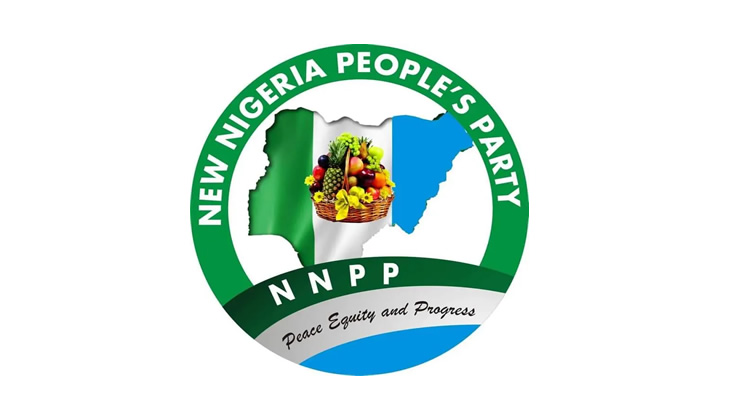 Image source, EPA/Getty Images
Image source, EPA/Getty Images
Julian Assange's Wikileaks - which has published thousands of classified documents covering everything from the film industry to national security and wars - has been dividing opinion for years.
To its supporters, the whistleblowing website is a key player in exposing secrets governments and companies would rather keep hidden.
But to those who found their documents exposed on the web, it is a dangerous and reckless force.
The US government has argued that the publication of the Wikileaks files - which disclosed information about the Iraq and Afghanistan wars - went as far as endangering lives.
Here are a few of the leaks which went on to make headlines around the world.
The helicopter attack
Image source, Wikileaks
Image caption,Helicopter footage was posted on Wikileaks
In 2010, Wikileaks published a video from a US military helicopter showing the killing of civilians in Baghdad, Iraq.
A voice on the transmission urged the pilots to "light 'em all up" and the individuals on the street were fired at from the helicopter.
When a van arrived on the scene to pick up the wounded, it too was fired at.
Reuters photographer Namir Noor-Eldeen and his assistant Saeed Chmagh were both killed in the attack.
US Army Intelligence
Wikileaks has published hundreds of thousands of documents leaked by former US Army intelligence analyst Chelsea Manning.
Documents relating to the war in Afghanistan revealed how the US military had killed hundreds of civilians in unreported incidents.
Further documents from the Iraq war revealed that 66,000 civilians had been killed - more than previously reported. The documents also showed that prisoners had been tortured by Iraqi forces.
Among the leaks were more than 250,000 messages sent by US diplomats. They revealed that the US wanted to collect "biographic and biometric" information - including iris scans, DNA samples and fingerprints - of key officials at the UN.
9/11 pager messages
About 573,000 intercepted pager messages sent during the 9/11 terror attacks in the United States were published by Wikileaks.
The messages include families checking up on their loved ones and government departments reacting to the attacks.
"President has been rerouted won't be returning to Washington but not sure where he will go," one message said.
Democrat emails
Wikileaks published thousands of hacked emails from the account of Hillary Clinton's campaign boss John Podesta, in the run-up to the US presidential election in 2016.
In the emails, Mr Podesta called Mrs Clinton's election rival Bernie Sanders a "doofus" for criticising the Paris climate change agreement.
The emails also suggested that a CNN contributor tipped off the Clinton campaign about a question that was going to be asked during a debate hosted by the broadcaster.
The timing of the leaks led to accusations that Wikileaks was deliberately trying to discredit Mrs Clinton.
The site also published leaked information from Republican Sarah Palin's Yahoo email accounts in 2008.
British National Party members
In 2008, Wikileaks published the names, addresses and contact information of more than 13,000 members of the British National Party.
The political party's manifesto proposed banning immigration from Muslim countries and encouraging some UK residents to return to "their lands of ethnic origin".
Image source, PA
Image caption,Nick Griffin, pictured in 2006
The Sony Pictures hack
A leak of more than 170,000 emails and 20,000 documents from movie studio Sony Pictures was published on Wikileaks in 2015.
The entertainment company suffered a cyber-attack weeks before releasing The Interview, a film that poked fun at North Korea.
The emails revealed that actresses Jennifer Lawrence and Amy Adams received a lower fee than their male co-stars in American Hustle.
There were also messages from producers and executives insulting celebrities such as Angelina Jolie.
Leonardo DiCaprio was called "despicable" for turning down a role in a Sony Pictures film.
Mr Assange said the emails were in the public interest because they showed the inner working of a multinational company and were "at the centre of a geo-political conflict".

 6 months ago
46
6 months ago
46















 English (US) ·
English (US) ·